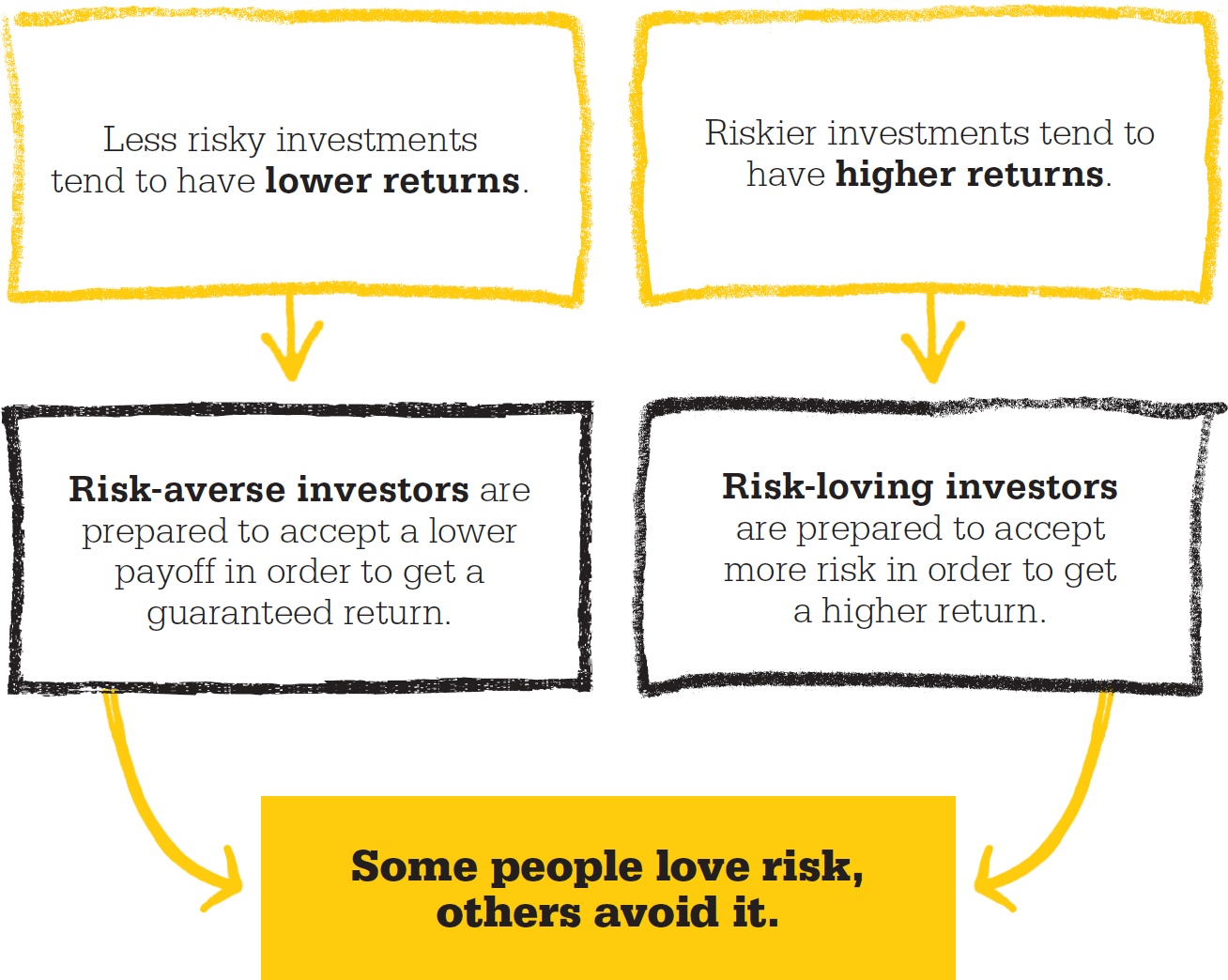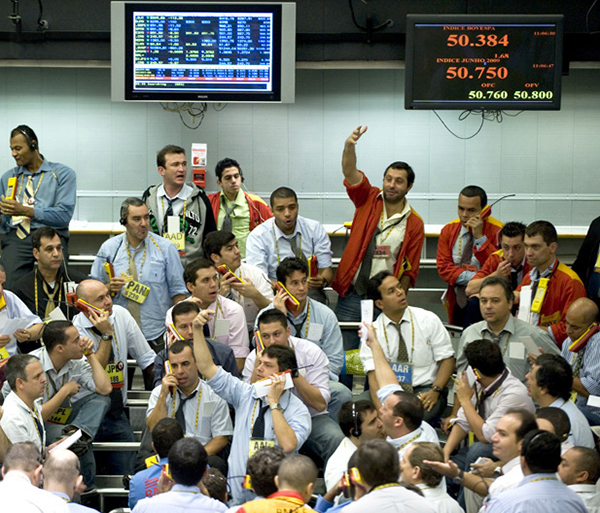

Decision making
Frank Knight (1885–1972)
1738 Dutch-Swiss mathematician Daniel Bernoulli formulates a theory of risk aversion and utility.
1953 French economist Maurice Allais discovers a paradox in decision making that contradicts expected utility theory.
1962 US economist Daniel Ellsberg shows how people’s decisions in conditions of uncertainty are not based purely on probability.
1979 Israeli psychologists Daniel Kahneman and Amos Tversky question the rationality of economic decisions in their prospect theory, based on real-life experiments.
There is an element of risk in any business venture or investment in a market economy. Before deciding on a course of action, an individual has to consider the possible outcomes and weigh their potential returns against their probability, that is, calculate the “expected utility.” If there is a safe alternative, this one is generally preferred to the riskier option, unless the expected return on the riskier option is considerably more attractive. The greater the risk, the higher the profit has to be to attract investors.

The similarity to weighing the odds in gambling is clear, and early studies of risk were made by 18th-century mathematicians, who analyzed the probabilities in gambling games. In the 1920s US economist Frank Knight became one of the first economists to analyze the relationship between risk and profit in a free market economy. He also made a distinction between risk and uncertainty. Risk, by his definition, occurs when the outcome of a course of action is not known, but where it is possible to determine the probability of various possible outcomes. This allows a mathematical assessment of the level of risk, which can then be insured against. Also, the expected utility can then be compared realistically with alternatives.
"Profit arises out of the inherent, absolute unpredictability of things."
Frank Knight
For Knight “uncertainty” describes a situation where the probability of outcomes is not known so the various possible outcomes cannot be compared in terms of expected utility. This means that the risk cannot be measured mathematically. Knight argues that when firms are prepared to accept this uninsurable uncertainty, and their risk-taking pays off, it produces profits—even when the economy is in a state of long-term equilibrium.
Investors and entrepreneurs often operate under conditions of risk and uncertainty, recognizing the potential for high returns. On occasions this “who dares, wins” attitude can become extreme, as in the cases of bond traders and bankers who have made headlines for losing or gaining vast fortunes. Most people, such as ordinary savers who place their life savings in a fixed-interest saving account, prefer to play it safe, forgoing profits in return for a risk-free investment. There is essentially a spectrum of risk preferences, ranging from the risk-loving to the risk-averse, just as there is a range of levels of risk. The attraction of a higher return can begin to tempt even the risk-averse to take on some level of risk.

Traders in a futures market in São Paulo, Brazil, are effectively betting on the future movements of commodity prices. Even a small price change can result in enormous profits or losses.
Risk applies to all kinds of economic activities, including investing money in stocks and shares, making unsecured rather than secured loans, and selling goods in a completely new market. Our personal economic decisions are also framed in terms of risk: whether we work for an employer or start up our own business, and how we invest our personal savings. Insurance markets exist because we are risk averse. Insurers and actuaries, credit-rating agencies, and market research can help us assess the level of risk and whether the returns make it worth taking, but some unfathomable degree of uncertainty will always remain.
One of the foremost economists of his generation, Frank Knight was born in Illinois in 1885. He studied philosophy at Cornell, switching to economics after a year. His PhD dissertation formed the basis of his best-known work, Risk, Uncertainty and Profit.
Knight was the first Professor of Economics at the University of Iowa, and then moved to Chicago University in 1927, where he remained for the rest of his life. He was an early member of the Chicago School of economists. His students included future Nobel prize winners Milton Friedman, James Buchanan, and George Stigler, who described Knight as having “unceasing intellectual curiosity.”
1921 Risk, Uncertainty and Profit
1935 The Ethics of Competition
1947 Freedom and Reform: Essays in Economics and Social Philosophy